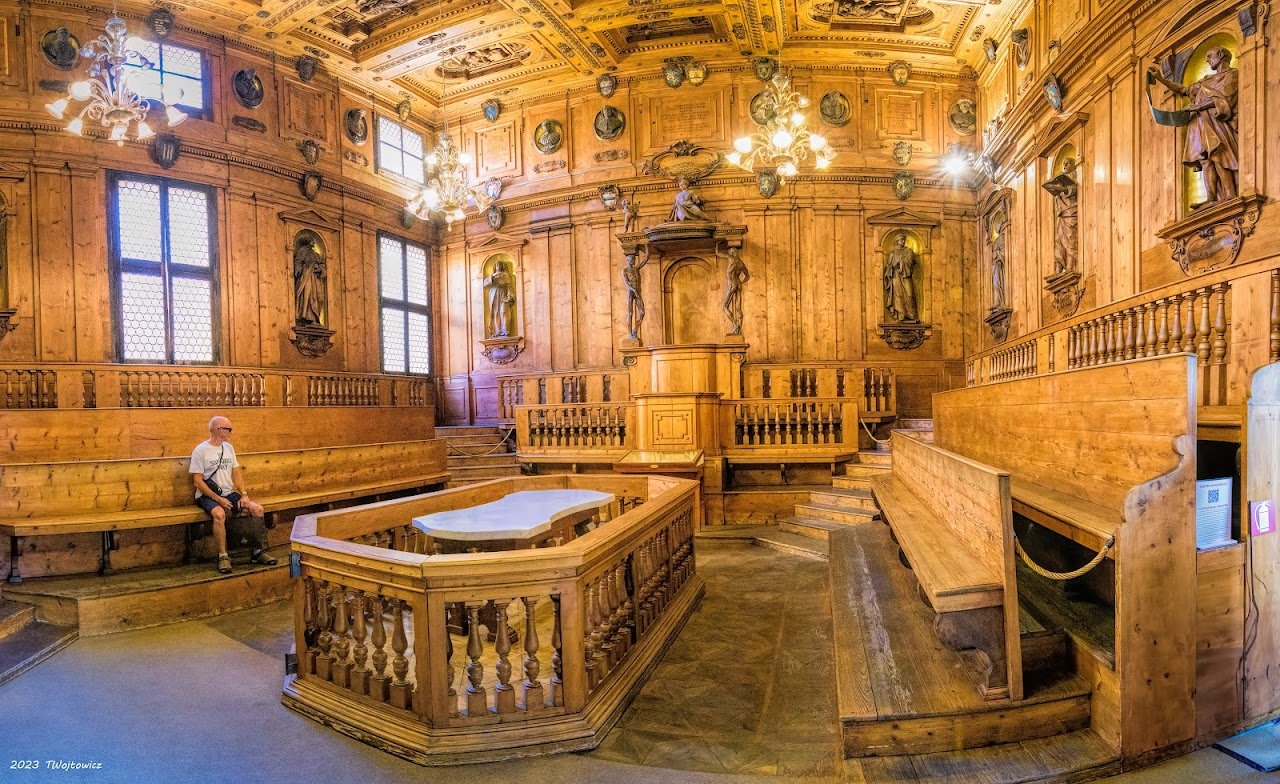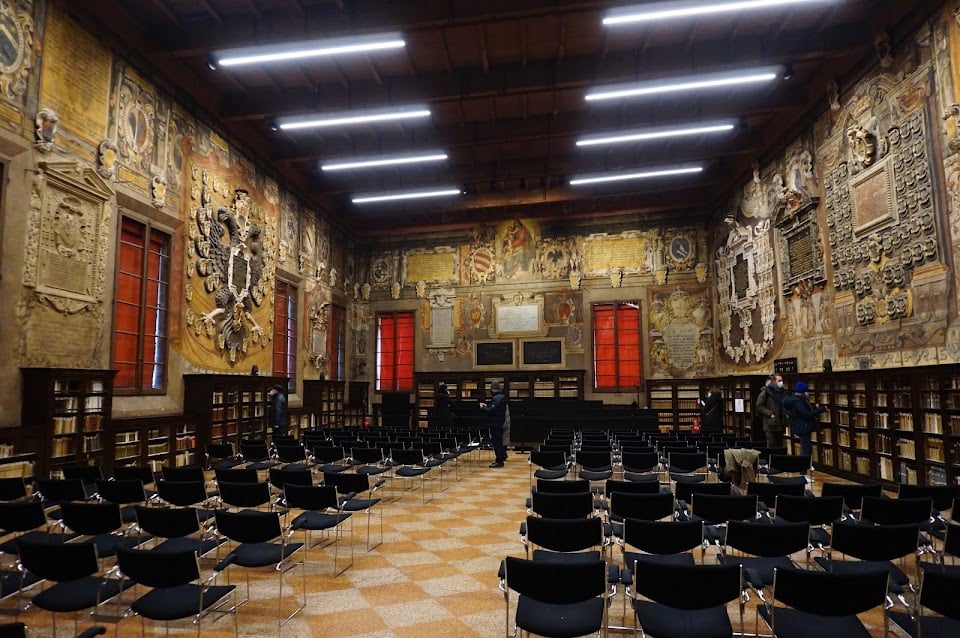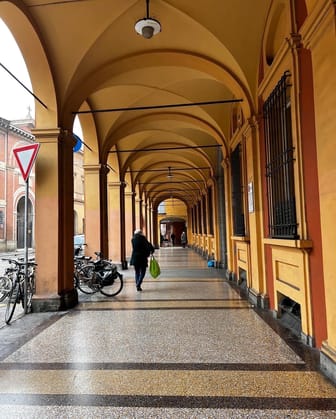Teatro Anatomico





Ask ThatchGPT
Suggest a local expert to plan my trip
Suggest an unique itinerary for my Italy trip
What foods do Italy locals eat
What are some true hidden gems in Italy
Help me brainstorm trip ideas for Italy
Help me plan a family-friendly trip to Italy
What people say
Pedro Pereira
Available for hire
"The hall, called the Theatre for its characteristic amphitheatre shape, was designed in 1637 for anatomical lessons by the Bolognese architect Antonio Paolucci, known as Levanti, a student of the Carraccis.
It was built in fir wood and decorated with two orders of statues depicting twelve famous doctors at the bottom (Hippocrates, Galen, Fabrizio Bartoletti, Girolamo Sbaraglia, Marcello Malpighi, Carlo Fracassati, Mondino de’Liuzzi, Bartolomeo da Varignana, Pietro d’Argelata, Costanzo Varolio, Giulio Cesare Aranzio, Gaspare Tagliacozzi) and twenty of the most famous anatomists of the Bologna Studio at the top.
The lector’s chair, which overlooks the demonstrator’s chair, is flanked by two statues called “Spellati”, sculpted in 1734 based on a design by Ercole Lelli, a famous wax modeller at the Institute of Sciences.
Above the canopy, a seated female figure, an allegory of Anatomy, receives as a gift from a winged putto not a flower, but a femur.
The anatomy room suffered serious damage in the bombing that destroyed this wing of the building on 29 January 1944 and was rebuilt immediately after the war, reusing the original wooden sculptures, fortunately recovered from the ruins."
Read more in:
Karyn Farrell
"Unmissable. Only €3 to visit - pre-booking is essential
Designed and built by Bolognese architect Antonio Paolucci in 1637 and carved entirely in wood, it's one of the oldest preserved anatomical theatres in the world. One of the most striking features are the Spellati, or Skinned Men, two sculptures by Ercole Lelli which stand either side of the lecturer's chair. Dating to 1734, the intention was for students to 'visualise the open body like an open book'.
Look up to admire the beautiful coffered ceiling decorated with symbolic figures representing fourteen constellations while Apollo, protector of medicine, takes pride of place in the centre. Niches around the walls showcase statues of twelve famous physicians including Hippocrates, while on the upper register, high-relief busts of twenty anatomists of the Bolognese School look down on us from above. "
Read more in:
Danielle Cohen
Available for hire
"For a very minimal ticket entrance, you can visit the glorious Teatro Anatomico, very close to Piazza Maggiore. This monument is part of the Old University, and will make you feel like you've gone back in time. It is called a “theatre” due to its amphitheatre-like shape, and was designed in 1637 for anatomical lessons. Whether you’re interested in medical studies or not, the artistry and frescoes are worth a visit alone. Every corner is elaborately decorated and it holds so much historical significance as Europe’s first anatomical theatre used for anatomy education and dissections. It was bombed during WWII but reconstructed and restored after. "
Read more in:
Mentioned in these guides
About Teatro Anatomico
Get the inside scoop on Teatro Anatomico from local experts, travel creators, and tastemakers. Browse genuine trip notes, Teatro Anatomico reviews, photos, travel guides, and itineraries from real travelers and plan your trip with confidence.
Website
Phone
Save this spot for later or start mapping out a new trip today
Try our AI Travel Assistant and get instant answers to any questions about your trip.
Ask ThatchGPT
.jpg)

